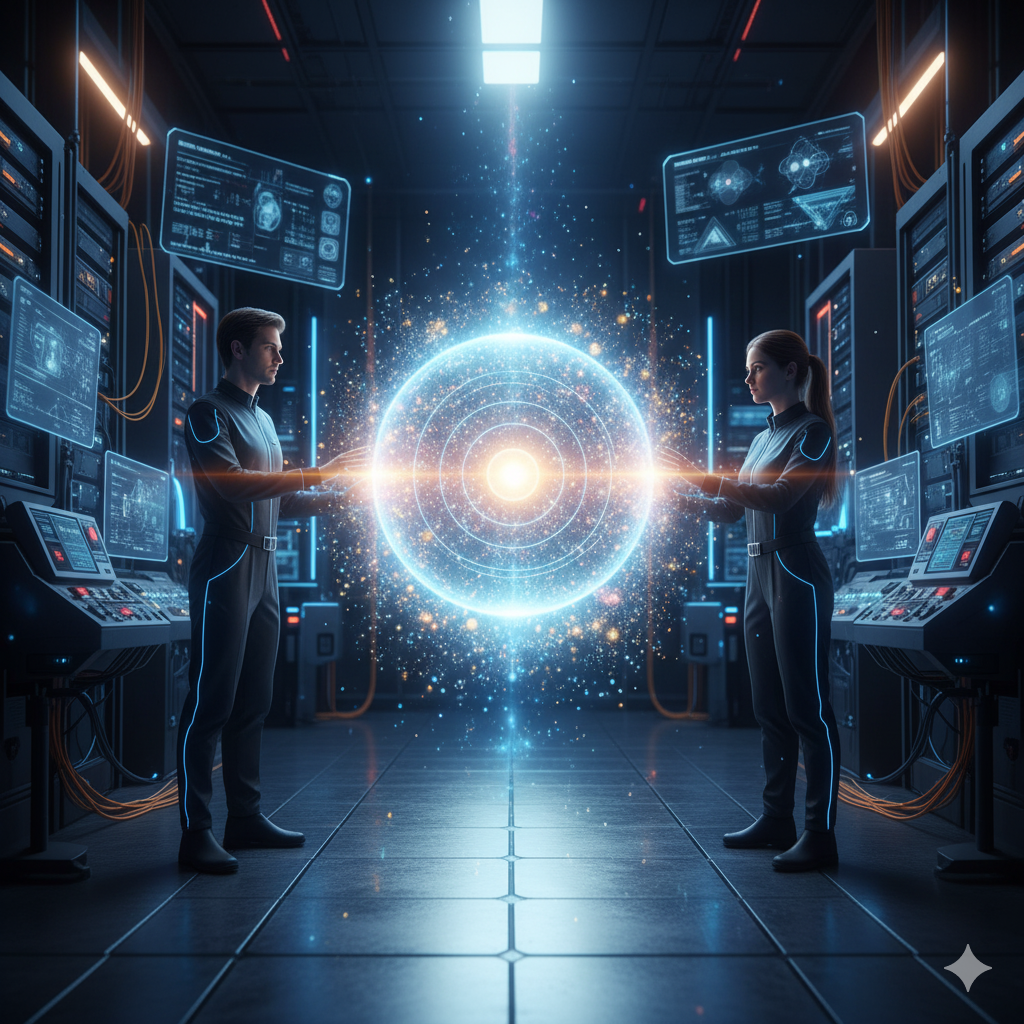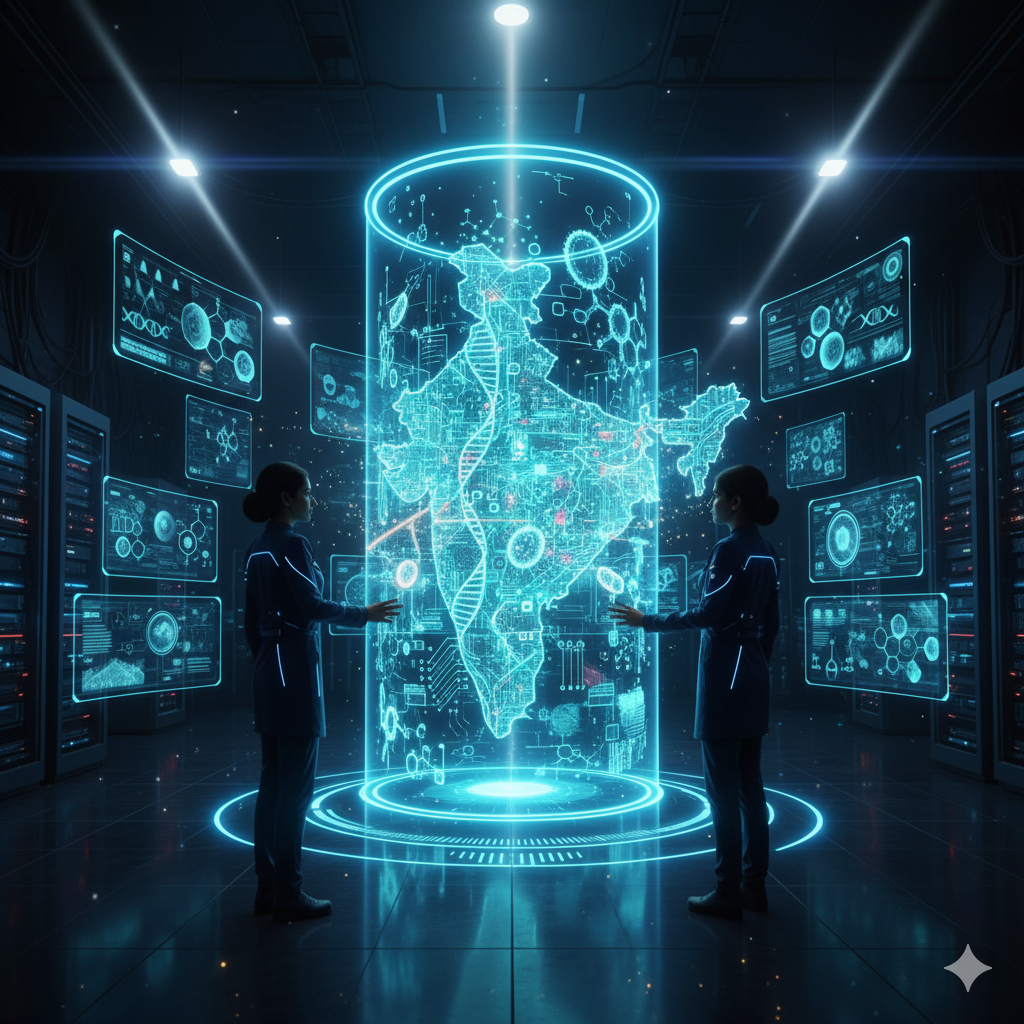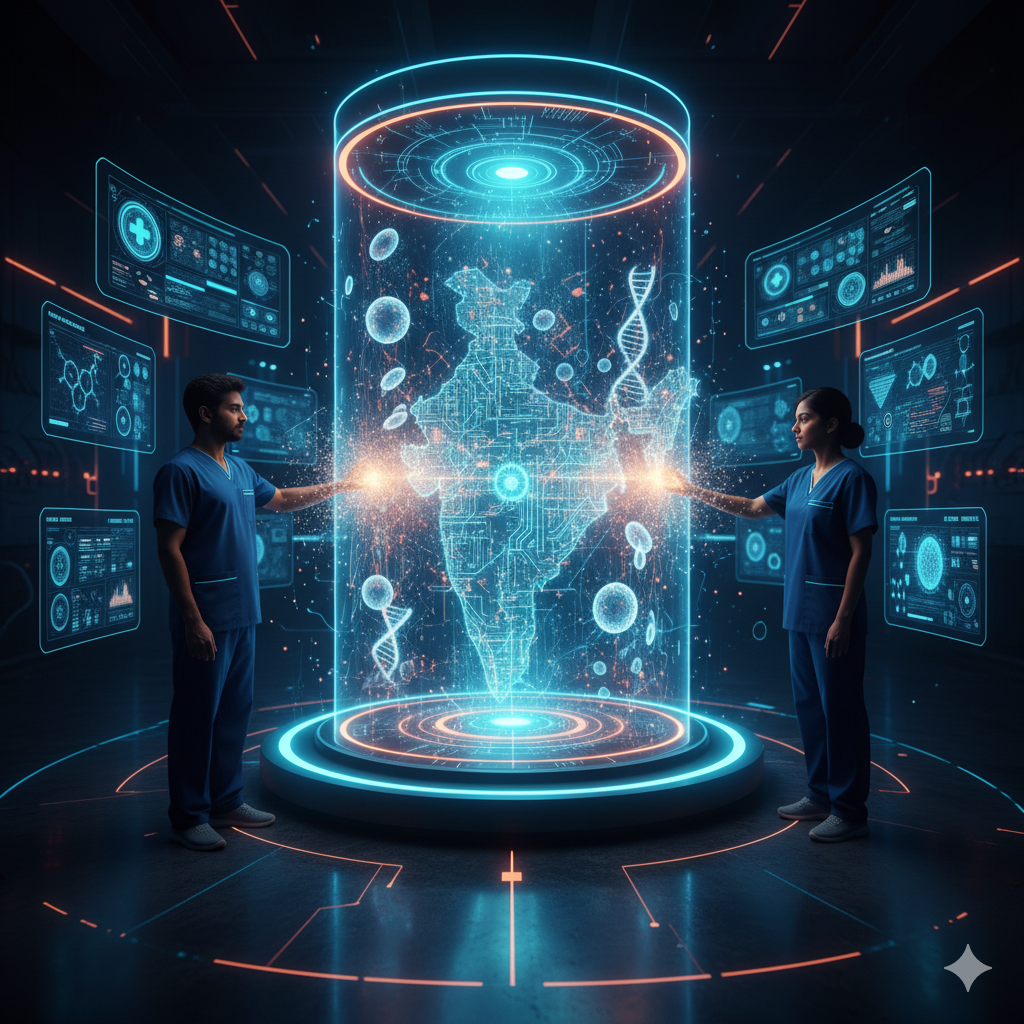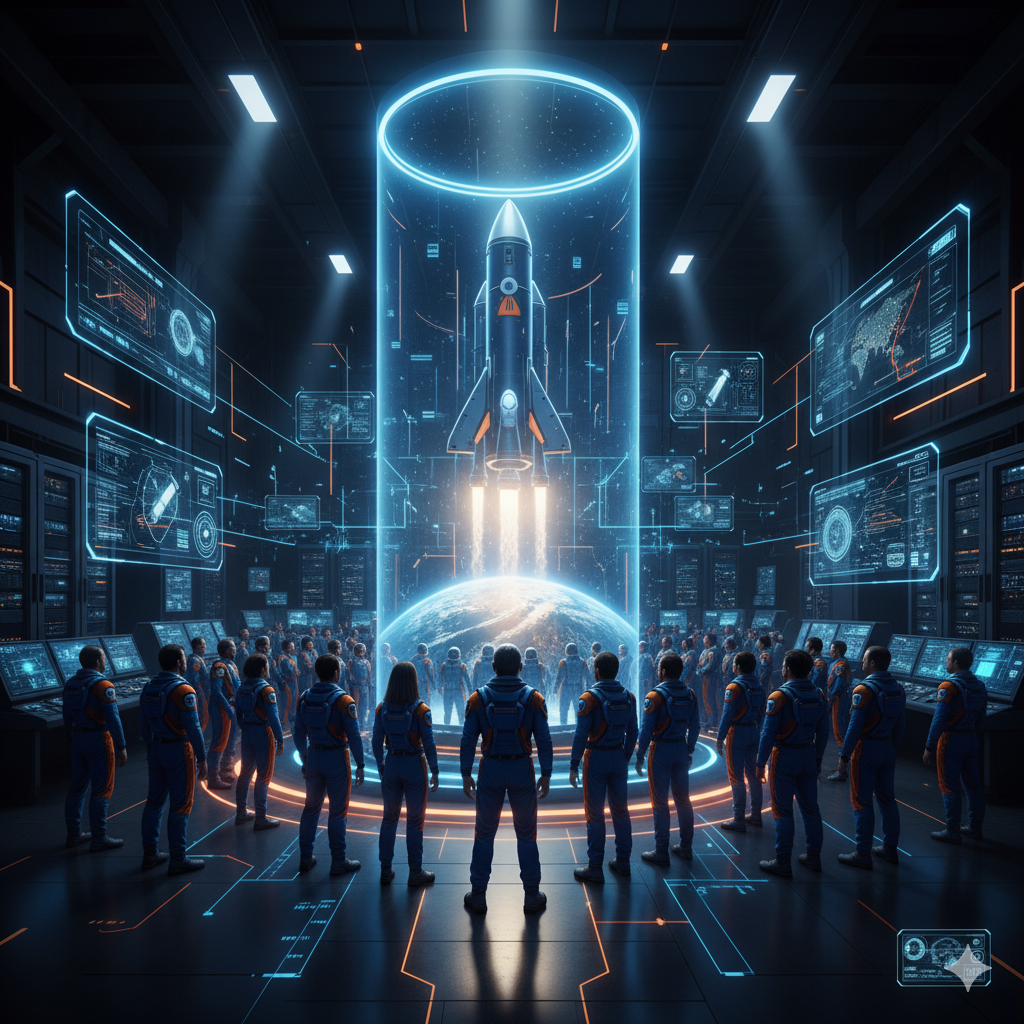Introduction
The rise of Mixed Reality (MR) is transforming the way businesses operate, collaborate, and innovate. As a hybrid of Augmented Reality (AR) and Virtual Reality (VR), MR seamlessly blends physical and digital environments, creating an immersive and interactive experience.
In the business world, MR is revolutionizing remote collaboration, training, product development, customer engagement, and workplace productivity. From virtual meetings with life-like avatars to real-time 3D modeling and AI-powered data visualization, MR is reshaping industries across the globe.
This essay explores what Mixed Reality is, its applications in business and collaboration, benefits, challenges, and the future of MR in the corporate world.
Understanding Mixed Reality (MR) in Business
What is Mixed Reality (MR)?
Mixed Reality is an advanced immersive technology that merges real and virtual environments using AI, computer vision, and spatial computing. Unlike AR, which overlays digital content onto the real world, and VR, which creates a fully virtual environment, MR enables real-time interaction between physical and digital elements.
Some key components of MR include:
- Holographic Displays: Digital content appears as 3D holograms in the real world.
- AI-Powered Interaction: AI-driven virtual assistants and chatbots interact with users.
- Spatial Mapping: MR recognizes real-world spaces to integrate virtual objects naturally.
- Gesture & Voice Controls: Users manipulate virtual elements using gestures, eye tracking, and voice commands.
Applications of Mixed Reality in Business & Collaboration
1. Remote Collaboration & Virtual Meetings
MR enables real-time, immersive collaboration for businesses, making remote work more engaging and interactive. Key applications include:
- Holographic Meetings: Employees interact as 3D avatars in virtual meeting spaces, reducing the limitations of video calls.
- Real-Time Document & 3D Model Sharing: Teams collaborate on projects using interactive 3D models and digital whiteboards.
- Virtual Office Spaces: Employees work together in a shared digital workspace, even if they are in different locations.
Example: Microsoft Mesh and Meta Horizon Workrooms allow teams to collaborate in mixed reality, creating lifelike meeting experiences.
2. MR in Training & Skill Development
Businesses use MR for interactive and hands-on training that enhances knowledge retention.
- Employee Onboarding: New hires can experience a virtual tour of the company and learn workplace procedures.
- Simulated Training Environments: MR enables realistic job simulations in industries like aviation, healthcare, and manufacturing.
- AI-Powered Coaching: Virtual MR assistants provide real-time feedback during training sessions.
Example: Boeing uses MR headsets to train engineers in aircraft maintenance, improving efficiency and reducing errors.
3. Product Design & Development
MR is transforming how businesses design, prototype, and test products before production.
- 3D Prototyping: Engineers and designers visualize products in real-world environments without physical models.
- Real-Time Collaboration: Global teams co-develop and modify prototypes in an interactive MR space.
- Rapid Iteration & Testing: MR simulations allow businesses to identify flaws before mass production.
Example: Ford and Audi use MR to develop car models, reducing costs and improving design accuracy.
4. MR in Marketing & Customer Experience
Companies use MR to create immersive customer interactions and enhance marketing strategies.
- Virtual Try-On Experiences: Customers can try on clothes, accessories, or makeup virtually.
- Interactive Product Demos: MR allows customers to interact with products before purchasing.
- Retail Store Enhancements: MR-guided shopping experiences help customers find products effortlessly.
Example: IKEA’s MR-powered furniture placement app allows customers to visualize products in their homes before buying.
5. Healthcare & Medical Collaboration
MR is playing a crucial role in telemedicine, medical training, and healthcare collaboration.
- Remote Surgery Assistance: Surgeons collaborate in real-time using MR visual overlays.
- Medical Training & Simulations: Doctors and students practice complex procedures in virtual medical environments.
- Patient Treatment Plans: MR helps visualize treatment outcomes and educate patients on medical conditions.
Example: HoloLens is used in surgical planning and medical visualization, improving patient outcomes.
6. MR in Manufacturing & Industrial Operations
Manufacturing businesses are leveraging MR to improve efficiency, safety, and precision.
- Remote Equipment Monitoring: Engineers access real-time MR overlays of machine performance.
- Hands-Free Guidance for Workers: MR provides step-by-step assembly instructions using holograms.
- Error Detection & Quality Control: AI-driven MR identifies defects in production lines.
Example: General Electric uses MR for real-time equipment diagnostics and maintenance, reducing downtime.
7. MR in Real Estate & Architecture
Real estate and architecture industries use MR to present immersive property tours and design projects.
- Virtual Property Showcases: Buyers walk through properties remotely in 3D MR environments.
- Architectural Visualization: Architects visualize building designs in real-world environments before construction.
- Smart Home Integration: MR-enabled IoT systems allow users to interact with virtual home controls.
Example: Real estate companies like Zillow and Matterport offer MR-powered virtual home tours.
Benefits of Mixed Reality in Business & Collaboration
1. Enhanced Productivity & Efficiency
MR streamlines workflows, reduces errors, and improves real-time decision-making, increasing productivity.
2. Cost Savings & Resource Optimization
Companies save costs by reducing physical prototypes, travel expenses, and training overheads.
3. Improved Communication & Engagement
MR-powered virtual meetings enhance communication and engagement among remote teams.
4. Faster Innovation & Product Development
Businesses speed up product design cycles by testing and refining concepts virtually.
5. Increased Customer Satisfaction & Sales
Interactive MR experiences boost customer engagement, leading to higher conversion rates.
6. Sustainability & Environmental Benefits
By reducing physical waste, travel needs, and energy consumption, MR supports eco-friendly business operations.
Challenges & Limitations of MR in Business
1. High Implementation Costs
Developing and deploying MR solutions requires significant investment in hardware, software, and training.
2. Technical Barriers & Device Limitations
- MR headsets are expensive and may cause discomfort with prolonged use.
- Some businesses lack the infrastructure to support MR technologies.
3. Data Security & Privacy Risks
MR applications collect large amounts of sensitive data, raising privacy and cybersecurity concerns.
4. Resistance to Adoption
Many companies face resistance from employees due to a lack of technical expertise and skepticism.
5. Network & Latency Issues
MR experiences require high-speed internet and cloud computing for seamless functionality.
Future of Mixed Reality in Business & Collaboration
1. AI-Driven MR for Intelligent Workspaces
Future MR systems will integrate AI-powered analytics, automation, and virtual assistants to optimize workflows.
2. Advanced 5G-Powered MR Experiences
With 5G technology, MR will deliver ultra-fast, real-time collaboration with minimal latency.
3. Brain-Computer Interfaces (BCI) in MR
Neural interfaces may enable mind-controlled MR interactions, eliminating the need for controllers.
4. MR & Blockchain for Secure Business Transactions
MR-powered smart contracts will enable secure, transparent business interactions in virtual environments.
5. Mass Adoption & Cost Reduction
As MR hardware becomes more affordable, adoption across industries will increase rapidly.
Conclusion
Mixed Reality is revolutionizing business and collaboration, bridging the gap between physical and digital workspaces. From remote teamwork and interactive training to product innovation and customer engagement, MR offers unparalleled opportunities for businesses.
While challenges like high costs, technical limitations, and data security risks exist, the future of MR is promising. As AI, 5G, and cloud computing evolve, Mixed Reality will become an essential tool for businesses worldwide, enhancing productivity, communication, and innovation in the digital era. 🚀




